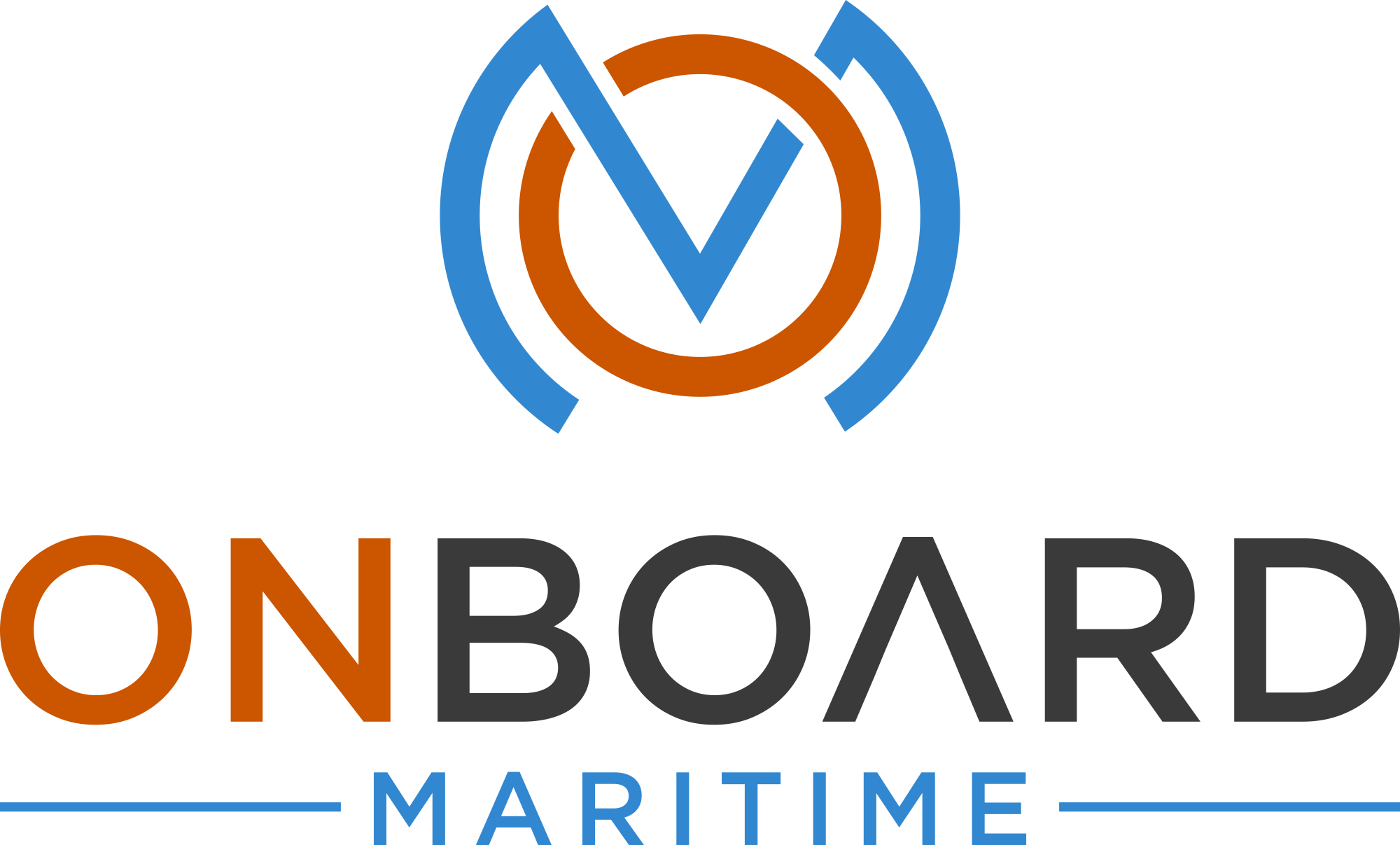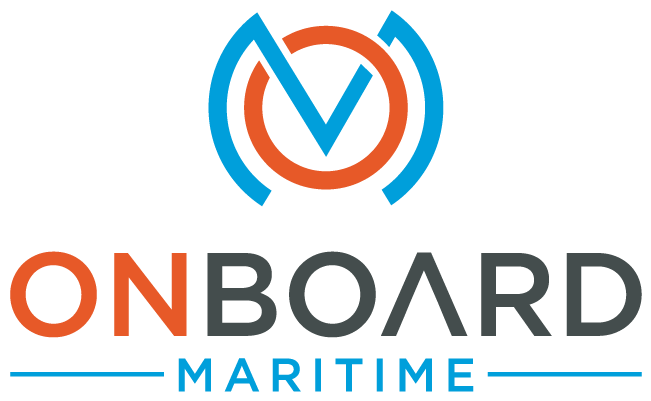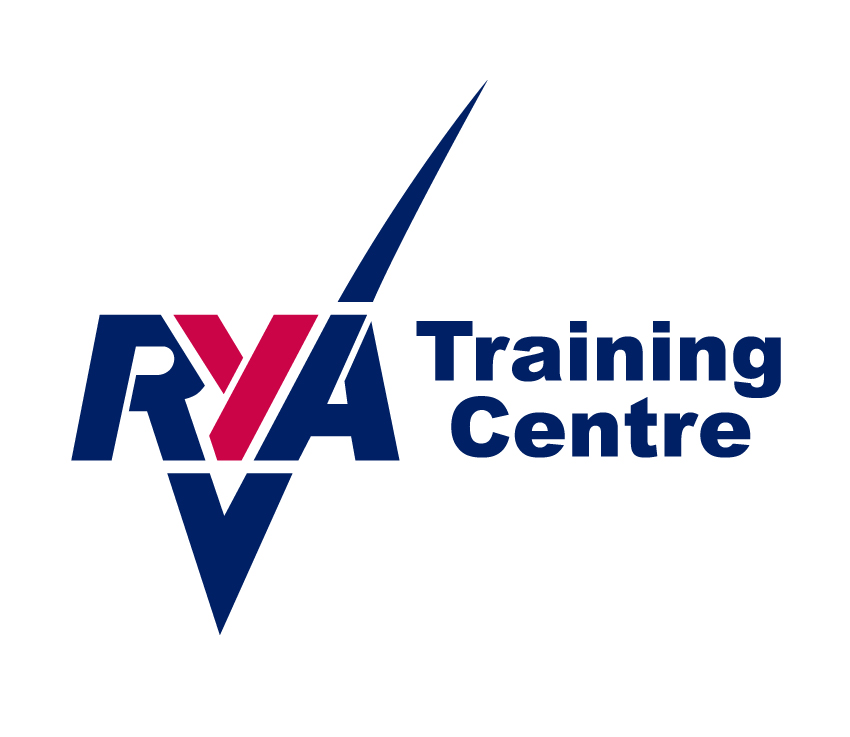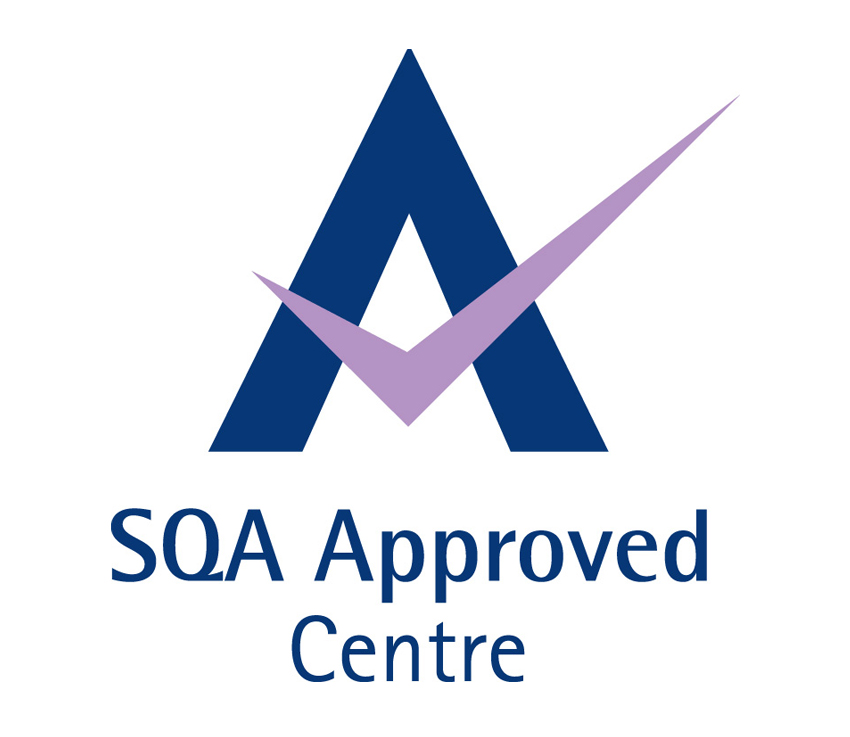
Alex Walster is a Chartered safety professional in the maritime domain, specialising in risk management and human factors.

He has a Master’s degree in Risk, Crisis and Resilience Management and Diplomas in Occupational Health and Business Continuity Management and continues his academic work in Ergonomics and Human Factors at the University of Derby.
Alex started his career as a Cadet with Bibby International and went on to qualify as a Deck Officer, gaining seagoing experience on different vessel types including container vessels and tankers. He has worked ashore since 2010 as a specialist in risk management and safety auditor.
Seafarers often associate a risk assessment with filling in forms, filing paperwork, ticking boxes and keeping ‘the office’ ashore satisfied.
The fact is, risk assessment is an essential process to identify and evaluate sources of harm so you can decide what to do about them.
This is an important skill for seafarers. Ships are dangerous places to live and work. Risk assessment provides a structured approach to safety and helps shipowners and crews meet their legal obligations set out in the ISM Code and the Maritime Labour Convention.
Before we look at conducting a risk assessment in detail, we need to define some important words that are often used interchangeably in everyday language:
Hazard
Something which has the potential to cause harm. This could be a piece of machinery, a chemical, an unsafe act or an unsafe condition.
Risk
A combination of the likelihood and nature of the hazard and what the loss would be if the hazard took place.
Loss
The damage that would be incurred if the hazard took place. Damage would include injury or loss of life, damage to property or harm to the environment.
Let’s look at an example, adapted from Tony Boyle’s book titled ‘Health and Safety: Risk Management’ (2015).
You are the owner of a house and a strong wind has blown the roof off. The builders have told you it will take two weeks to repair. You live in Scotland, so you are naturally concerned about the rain. You look up and you see dark grey clouds in the sky. The clouds are the hazards in this case, and the hazardous event would be a period of rain.
What about the risk?
For this, we need to understand what kind of threat the rain could pose–we need to understand what the potential loss could be. In your house you have a valuable set of first edition Superman comic books and an equally valuable set of marble statues. A few hours of rain could easily soak and ruin the comic books but would have a negligible effect on the marble statues.
With these concepts firmly in your mind, how do you go about doing a risk assessment for a task on board a ship?
These are the steps you should take:
Step 1 - Identify the hazards
Visit the intended work site. Ask someone experienced in the task to accompany you to help you look around for hazards.
Ask ‘How’ questions–for example:
- How will that pipe be repaired?
- How will that pallet be loaded on board?
- How will they ensure that safe access is maintained?
Ask ‘What if’ questions–for example:
- What if someone falls?
- What if there is a fire?
- What if the weather turns nasty?
 Consider the kinds of tools are being used, whether chemicals are being used and the work environment. Don’t forget to look at manufacturer instruction manuals and guides.
Consider the kinds of tools are being used, whether chemicals are being used and the work environment. Don’t forget to look at manufacturer instruction manuals and guides.
Hazard identification can be a daunting task. Some organisations have developed tools to help employees in the process of hazard identification. One example is the ‘Hazard Identification Wheel’ developed by the oil company Chevron. By categorising different hazards and giving examples of each the process of identification becomes easier.
You can read more about the Chevron ‘Hazard Wheel’ by clicking here
Step 2–Assess the risks
You will need to decide who might be harmed by the hazards you have identified and how. Consider the likelihood that a hazard could take place and how severe the consequences would be.
Some shipping companies will assess the level of risk by using a matrix or ‘heat map’ similar to the one pictured.
On the left-hand side, you have the likelihood of a hazard taking place and along the top you have the impact (in other words, the loss).
So, a ‘possible’ hazard with ‘moderate’ impact would be ‘medium’ risk.
Step 3–Control the risks
At this stage, you will have a list of hazards and you will have assessed the risk associated with these hazards. Now you need to decide what needs to be in place to reduce the risk. If your company uses a matrix similar to the one pictured above, then use it to look for ways to reduce both the likelihood and the impact of a hazard - i.e. to bring the risk down from the top right of the matrix towards the bottom left.
Look for ways to eliminate the risk completely:
- Can the intended task be carried out a different way?
- Can different tools or chemicals be used?
- Is there a way to organize the work to reduce exposure to harm?
- What practical measures can you put in place to reduce the risk of harm?
- What kind of personal protective equipment (PPE) should be used?
Step 4–Record your findings
You should document the findings of your risk assessment. Your company will very likely have a form or a template for this purpose. You should include a list of the hazards you have identified, your assessment of the risk (who might be harmed and how) and what needs to be done to reduce the risk.
Step 5–Review your controls
Once your controls have been implemented, you need to review them to check that they are working. You will also need to review your risk assessment if there are any changes to the way the task is being done, the tools and equipment used or the people carrying it out.
Speak to the people involved in the task and ask for their feedback. They might have spotted hazards that were not included in the risk assessment.
Remember that a risk assessment is not about generating vast amounts of paperwork but about looking for sources of harm and putting practical and effective measures in place to control them.
Risk assessments are an important part of our MCA preparatory courses. Find out more about our courses: https://www.onboardmaritime.com/courses-page







